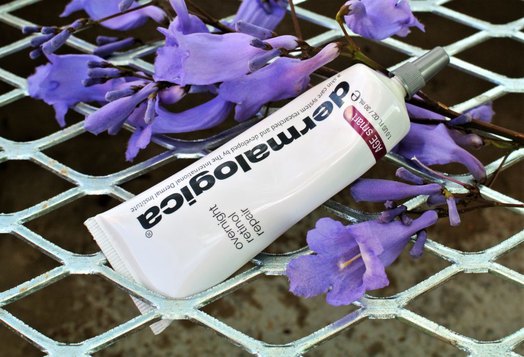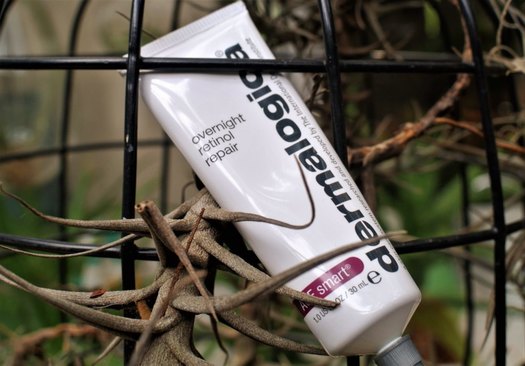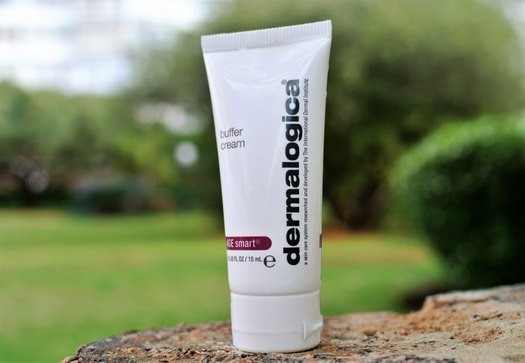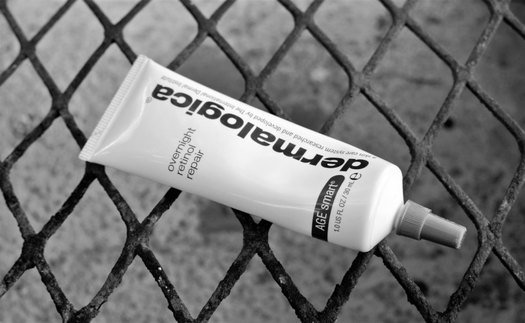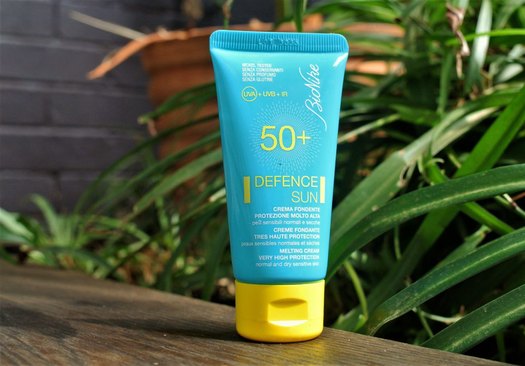A month ago I posted about my pigmentation blues (https://fragroom.com/2017/09/29/how-to-treat-pigmentation/). At that stage I had already started using a variety of products and treatments. There was a degree of containment (not eradication), shall we say. Since then I have been using Dermalogica Overnight Retinol Repair.
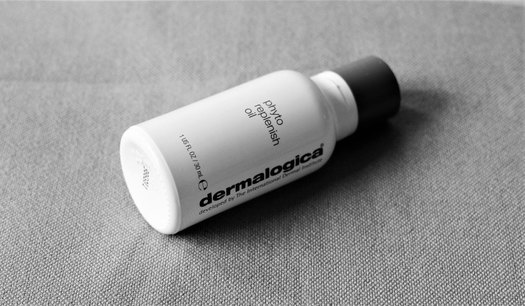
Firstly, because I am a big fan of Dermalogica’s gimmick-free, science-first approach to skincare. Secondly, because retinol is a particularly crafty weapon in the fight against the signs of ageing skin, including pesky pigmentation.
“As a retinol rookie, I decided to use Dermalogica Overnight Retinol Repair, with its 0.5% concentration of this powerful active ingredient.”
Dermalogica recently launched their clinical-strength Overnight Retinol Repair 1%. But as a retinol rookie, I decided to use Dermalogica Overnight Retinol Repair, with its 0.5% concentration of this powerful active ingredient. I am definitely going to use the more potent version in the future. I am impressed with the results of Dermalogica Overnight Retinol Repair.
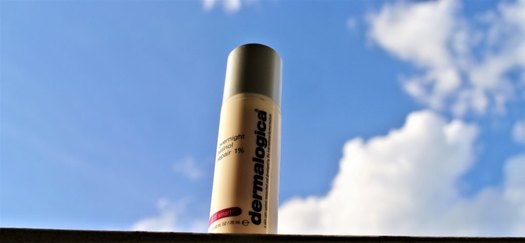
There have been no miracles with Dermalogica Overnight Retinol Repair. Thankfully, the American skincare company makes no such promises with its products. What I have noticed, though, is a general improvement in the condition of my skin over the last month. (Of course, it also helps that I have been wearing a hat and SPF way more frequently than I used to.) The pigmentation has not been substantially reduced. That’s a medium-term goal which requires longer use of the product. But people have commented on how good my skin is looking in general. I have been telling them, “Big thank you, it’s the Dermalogica retinol product I have been using.”
If you’re planning on going the retinol route, there’s stuff you need to know. Dermalogica were most helpful in providing the essential facts below.
What is retinol?
Retinol is a pure form of vitamin A and is used to treat skin ageing and acne. Our skin converts topically applied retinol into retinoic acid.
“Retinol is a pure form of vitamin A and is used to treat skin ageing and acne.”
What are the benefits of using retinol?
Where do we start? It improves skin texture, wrinkles, thinning of the underlying dermis and loss of skin elasticity caused by photo-ageing and normal ageing. It also stimulates new collagen synthesis and the formation of hyaluronic acid, which keeps the skin tissue plump and hydrated. Good news for those with pigmentation: retinol stimulates cell turnover and renewal.
What about the side effects of retinol?
Due to the potency of the highly active molecule, the skin may react to retinol treatment in the early stages of use. Some of these reactions include itching, burning and peeling. It’s advisable to build your skin’s tolerance to retinol when you first start using it by applying it on alternate nights for the first week or so.
Dermalogica Overnight Retinol Repair also comes with a Buffer Cream. I mixed it with the retinol product to further dilute its strength until my skin had adapted to it. Pregnant and lactating women and those on prescription medication for acne should not use retinol.
What about the sun?
It’s even more important than usual to wear a sunscreen (SPF30+) during the day when using retinol. Skin is extra sensitive to UV exposure when using it. This doesn’t mean you can’t use a retinol product when the sun is out. But if you’re expecting to spend long periods in the direct sun (for example, an outdoor concert or beach holiday), it’s wise to temporarily stop using it before and after prolonged sun exposure.
Dermalogica Overnight Retinol Repair, R1 480 for 30ml.

